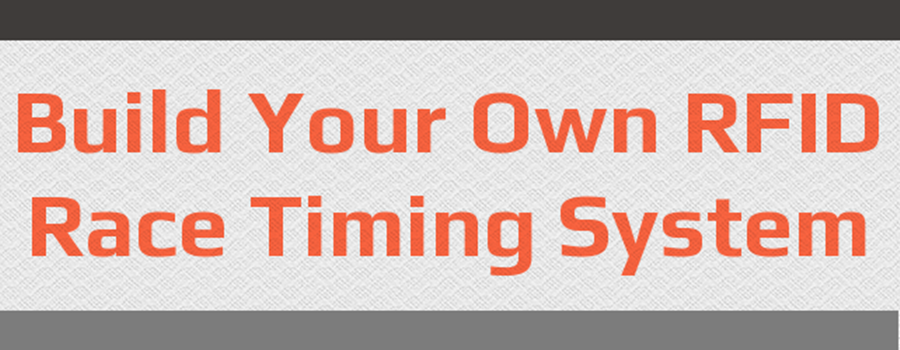RFID antennas form a particularly important element of any overall RFID system. There are two main types, namely the RFID tag antenna and the RFID reader antenna (this RFID antenna may also be part of an RFID transceiver or RFID printer, etc).
When designing an RFID antenna system, items that are determined by the system need to be considered. For example the frequency of operation, and the coupling mechanism are two obvious points.
As part of the design of the RFID antennas, parameters such as the radiation resistance, bandwidth, efficiency and Q all need to be considered, so that the resulting design for the RFID antenna meets the requirements and allows the required level of performance to be achieved.
RFID antenna coupling
Many RFID antennas will use near field effects, i.e. inductive coupling. When RFID antennas use these near field effects, the RFID reader and RFID tags will be relatively closely coupled to each other. This has a major effect on the bandwidth and performance of the antenna. Accordingly the RFID antenna coupling must be taken into account when designing the antennas.
The RFID antenna is an essential item within any RFID system. It enables the signals to be radiated or received and as a result, its performance is a crucial to that of the overall system. Accordingly the design of an RFID antenna must be carefully considered and its performance optimized to ensure that the whole system can perform satisfactorily.






